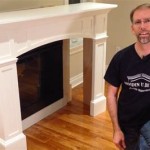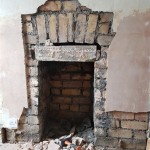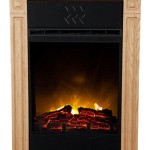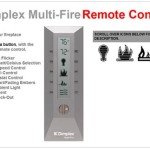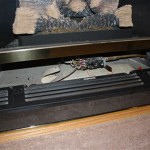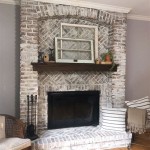Essential Aspects of Rock Facing for Fireplaces: A Comprehensive Guide
Rock facing is a popular and aesthetically pleasing way to enhance the ambiance and warmth of your fireplace. Whether you're building a new fireplace or renovating an existing one, selecting the right rock facing can make a world of difference in the overall design and functionality.
1. Types of Rock Facings
There are numerous types of rock facings available, each with its unique characteristics. Natural stone facings, such as granite, sandstone, and limestone, offer durability and an authentic look. Cultured stone facings, made from a combination of natural stone and concrete, are more affordable and versatile, allowing for a wide range of colors and textures.
2. Choosing the Right Material
Selecting the right rock facing material depends on your budget, aesthetic preferences, and the style of your fireplace. Natural stone facings are highly durable and heat-resistant, making them ideal for fireplaces with heavy use. Cultured stone facings offer a similar look at a reduced cost, but they may not withstand high temperatures as well as natural stone.
3. Installation Techniques
Rock facing can be installed using various techniques, including thin veneer, full veneer, and dry stack. Thin veneer is the most common method, where thin slices of stone are adhered to a backer board. Full veneer involves using thicker pieces of stone that are mortared to the fireplace structure. Dry stack is a less secure method where stones are stacked together without mortar, relying on gravity for stability.
4. Heat Considerations
When installing rock facing on a fireplace, it's crucial to consider heat transfer. Natural stone facings with high thermal conductivity, such as granite, can transfer heat more efficiently than cultured stone or thin veneer. Proper ventilation and insulation are essential to prevent overheating and ensure the safety of the fireplace.
5. Maintenance and Care
Once installed, rock facing requires minimal maintenance to retain its beauty and functionality. Periodic cleaning using a soft brush and mild detergent can remove dust and debris. Natural stone facings may require occasional sealing to protect them from moisture and staining. Regular inspections for cracks or loose stones are also recommended to ensure safety and longevity.
6. Cost and Budget
The cost of rock facing for fireplaces can vary depending on the type of material, installation method, and size of the fireplace. Natural stone facings tend to be more expensive than cultured stone, and full veneer installations are more costly than thin veneer. It's essential to set a budget and consult with a professional installer to determine the most suitable option.
7. Safety Precautions
Installing rock facing involves working with heavy and potentially sharp materials. Proper safety precautions should be taken, including wearing gloves, safety glasses, and respiratory protection when cutting or drilling. Ensure the fireplace is properly ventilated during and after installation to avoid dust and fumes.
By considering these essential aspects of rock facing for fireplaces, you can make an informed decision that will enhance the beauty, functionality, and safety of your hearth.

Fireplace Stone Facing Selex

11 Stone Veneer Fireplace Surround Design Trends Where To Buy

Thin Stone Veneers Make A Fireplace Update Easy Swenson Granite 100 Natural Stones

Some Stone Fireplace Surround Ideas You Ll Love Southwest Supply

The Benefits Of Thin Stone Veneer For Your Fireplace

11 Stone Veneer Fireplace Surround Design Trends Where To Buy
.jpg?strip=all)
Tips And Tools For Professional Stacked Stone Fireplaces

7 Popular Stone Veneer Fireplace Design Trends Mason S Mark

Thincut Natural Stone Veneer Csi All Things Can En

Real Stone Veneer River Rounds Stonewood S
Related Posts

